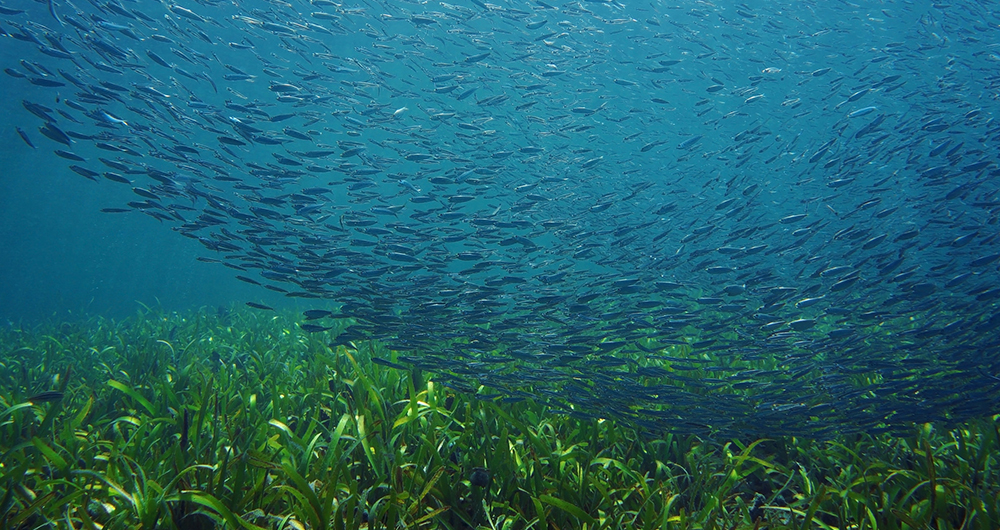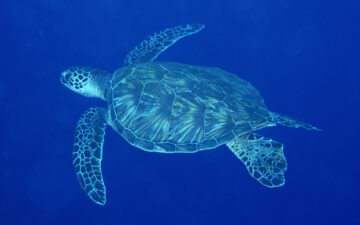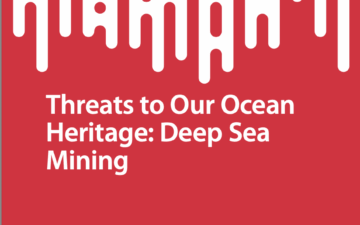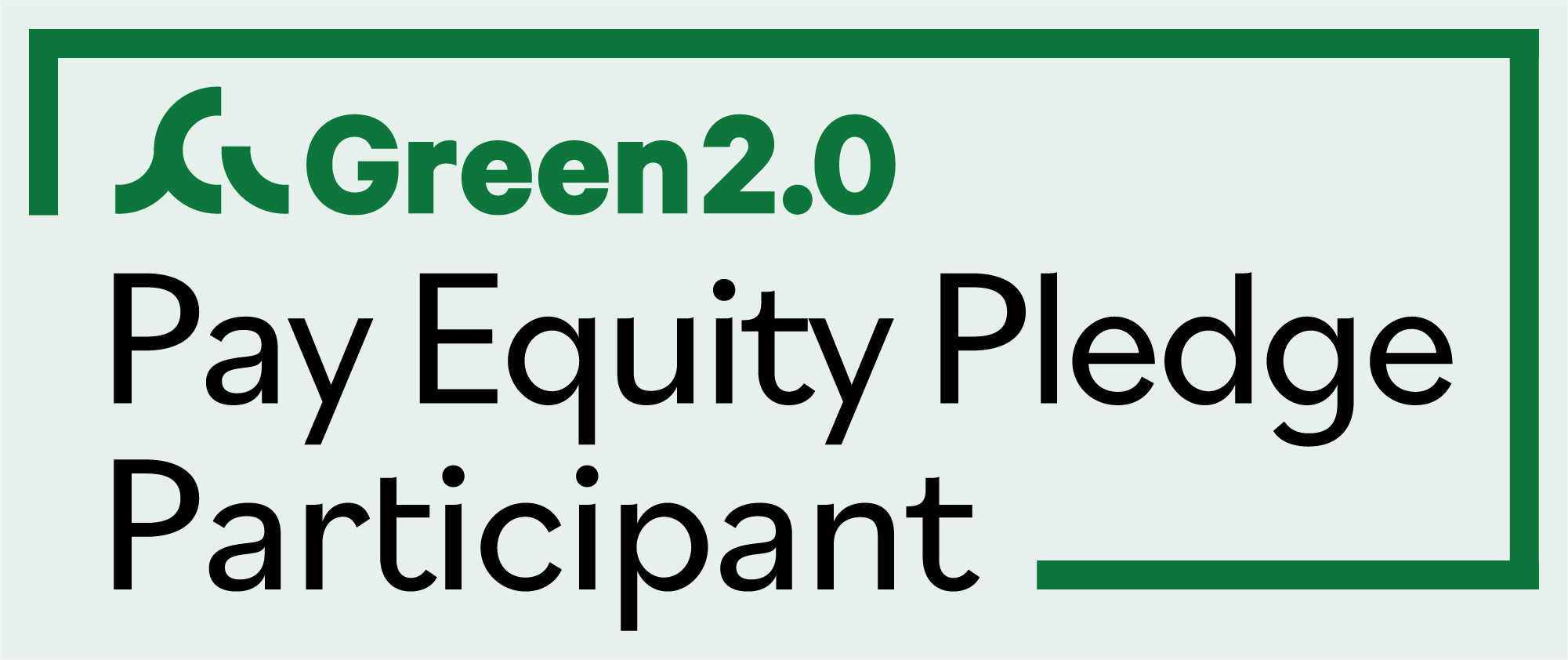All of the talk about the “Green New Deal” and what that means, what it encompasses, and what it would take to achieve its vision, even if the specific strategies remain to be fully defined, has gotten us to thinking about where the Blue Economy fits into this conversation, and this concept of re-framing our economy in more sustainable ways.
As we have written before (Looking at the Small Details, Sustainable Blue Economy Conference), the (new) Blue Economy is the subset of the ocean economy’s activities that are positive for the ocean. It has received a lot of attention over the past few years, in regional and global conferences, in policy discussions, and with media coverage of finance and other experts calling for expanding “blue finance” to promote the expansion of cleaner, quieter shipping; improved solid waste management (especially plastics); and other job-creating, ocean helpful economic activities. A “true blue” economic perspective would limit large scale industrial activity in the ocean, from energy extraction to industrial fishing—and focus on reducing the biggest threats to ocean health: excess greenhouse gas emissions.
Broadly speaking, the Green New Deal envisions a “massive program of investments in clean-energy jobs and infrastructure, meant to transform not just the energy sector, but the entire economy. It is meant both to decarbonize the economy and to make it fairer and more just.” Even the transition itself is meant to be equitable. Within that broad definition lie dozens if not hundreds of strategies to get us there—and they include every element of our national economy.
For the ocean, the bottom line is that all reductions in greenhouse gas emissions are good, all improvements in water quality are good, and all efforts to limit the flow of additional pollutants into the ocean are good.
In keeping with that, focusing on equity in how we manage fish and other seafood globally—from eliminating slavery in the seafood supply chain to ending illegal and predatory fishing practices—will help both the communities that depend on seafood and the ocean as a whole. In short, we would stop taking so much good stuff out, and dumping so much bad stuff in.
The devil is always in the details, and transitions take investment, so there is the usual issue of funding as well, but the blue economy vision and potential strategies should not be overlooked in developing the key elements of an overall more sustainable economy that opens new areas of opportunity while improving elements of our existing economy that support our overall vision of a healthy ocean, and thus healthy human communities. Such areas might include shipping, energy production, and food security.
Shipping: Transporting goods, raw materials, and even people by sea (and rivers) is by far the most energy efficient way to do so. Within the framework of the International Maritime Organization and other agreements, the shipping industry has been increasingly innovative in its response to demands for cleaner shipping through lower emissions, improved efficiency (new hybrid wind vessels and electric ferries are just two examples), and ballast water treatments that help reduce invasive species without dumping new toxins in coastal waterways. It cannot be said that every shipping entity is already a forward-thinking actor—but the groundwork is being laid technologically and logistically to improve shipping at every level. Likewise, there seems to be a growing recognition that bad actors undermine the efforts to improve efficiency, reduce pollution, and assure the well-being of port communities, crew, and the sea-life in shipping lanes.
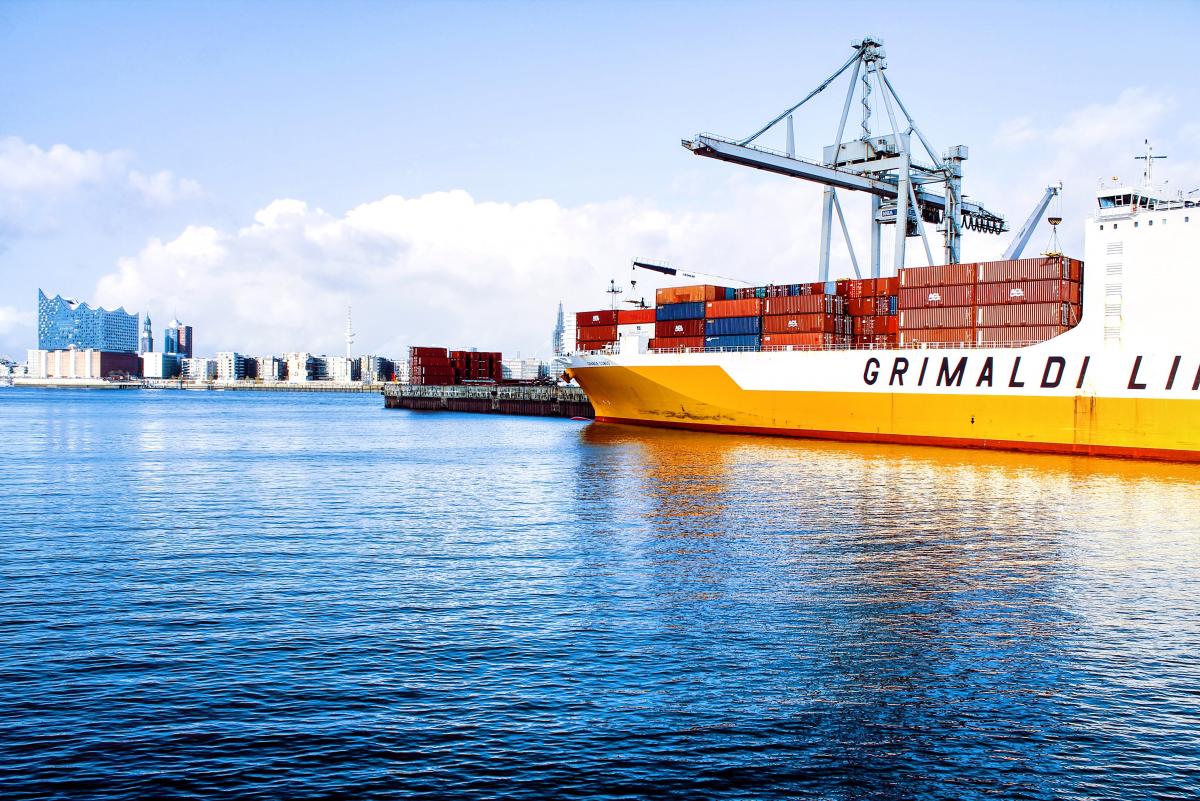
Energy Production: For a healthier ocean, energy production does need to shift away from the dirty, harmful work of exploring for, extracting and burning oil and gas—especially in the ocean. From seismic tests to drilling muds, the impact on ocean life and habitat is negative in both the short and long term—even without consideration of spills from platforms, pipelines, or ship groundings. The “blue elements” of a green new deal can focus in part on how and where to best site in-water energy production capacity (especially wind, currents, tidal, and wave energy) and how to increase island communities’ independence from oil and gas imports and improve their ability to restore electricity after storms.
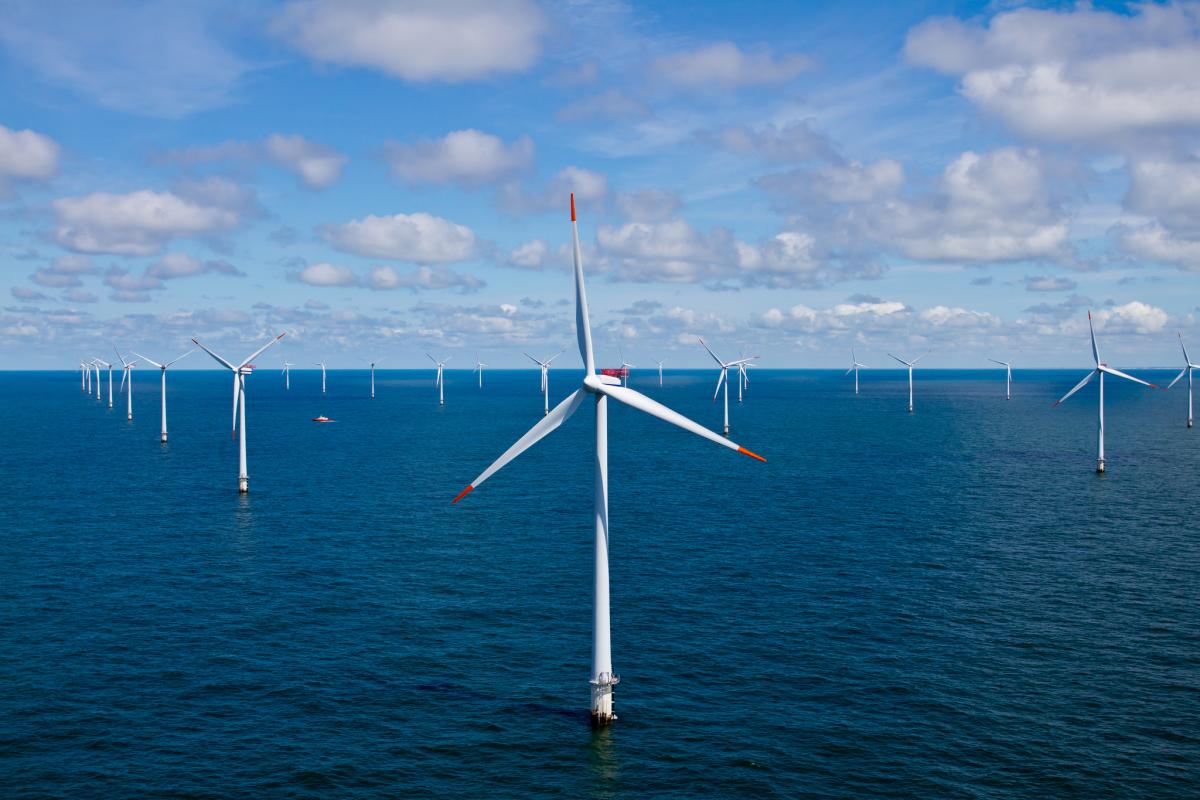
Food Security: Food security, like energy security, means that at least some portion of production must be decentralized, and where seafood is concerned, affirms and protects the rights to and supply of seafood for those who depend most on the sea for protein. Investing in small scale fisheries’ capacity to store seafood safely can improve efficiency by reducing waste—from the net to the plate. Investing in restoring and protecting seagrass meadows, mangroves, and coastal marshes can improve fishery reproduction and recovery. Restoration of these marine habitats has the added benefit of increasing carbon uptake and offering storm surge mitigation benefits, while offering employment opportunities in coastal communities. A “true blue” fishery management scheme accepts that catch and export of high value species must not occur at the expense of domestic need or economic activity, emphasizes monitoring and enforcement, and promotes greater domestic processing to improve per ton value of the product to the origin nation. True blue food security would also promote storm-safe, well-monitored onshore seafood production facilities to stabilize supply for processors and consumers alike, and one not so narrowly focused on the luxury market.
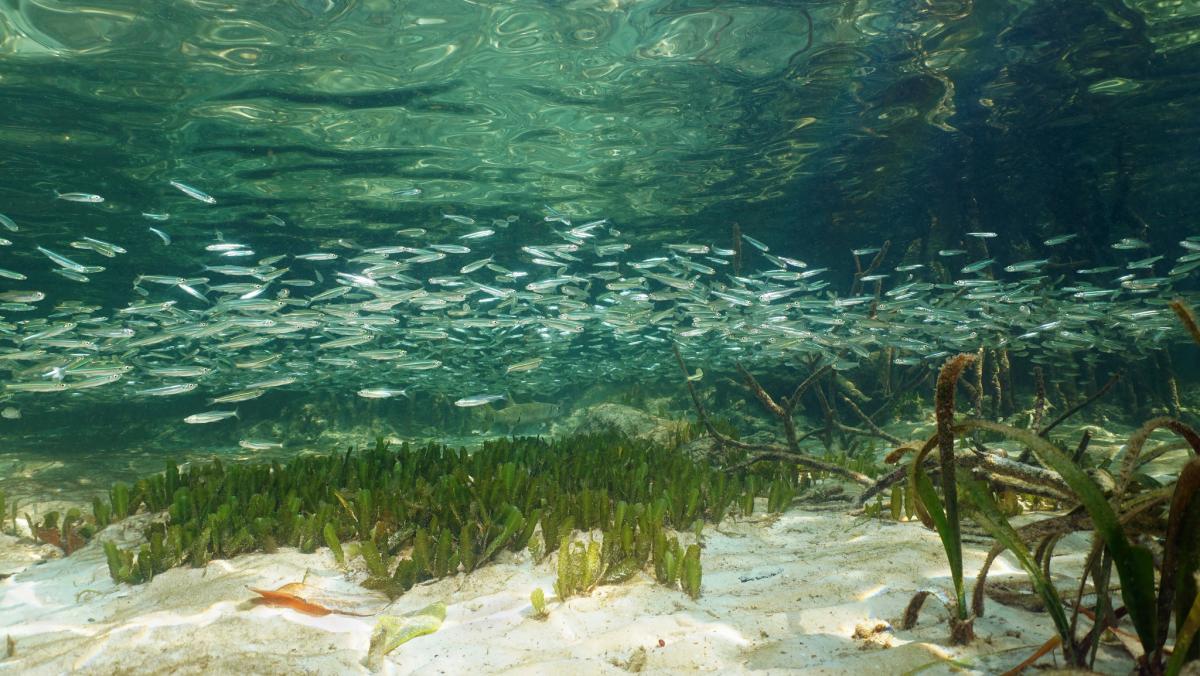
Dozens, if not hundreds, more activities could represent the blue economy and blue finance elements of a green new deal. If we look at the green new deal as an opportunity to have a conversation about revitalizing and invigorating new areas of economic activity, and designing the framework of finance, policy, and enforcement to support such investment and growth, such a conversation must include the blue opportunities in the ocean that is 71% of our planet, as well as the 100% of us who depend on ocean health for our well-being. Our collective goal must be to ensure that those who are most vulnerable have the opportunity to gain the most from our investment, both in the sea and on the land. Better design, better frameworks, and better enforcement underpin true future sustainability. It is too easy to sit on a mountaintop and pontificate about what should be—the vision behind the “Green New Deal” is to roll up our sleeves, put our oars in the water, and pull forward.
Mark Spalding is President of The Ocean Foundation. Angel Braestrup is a member of The Ocean Foundation’s Board of Directors.
